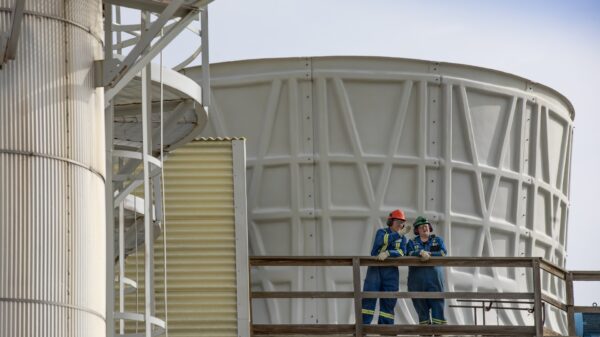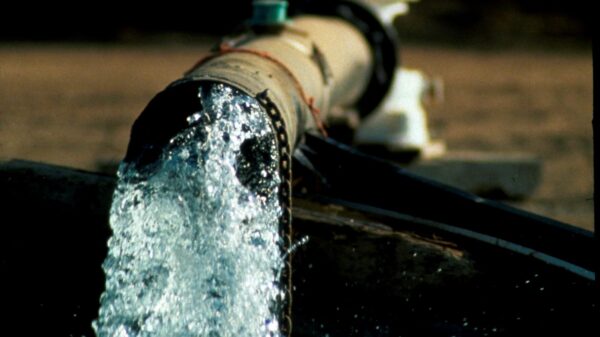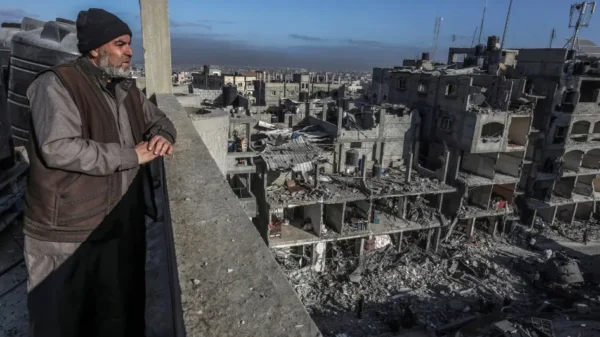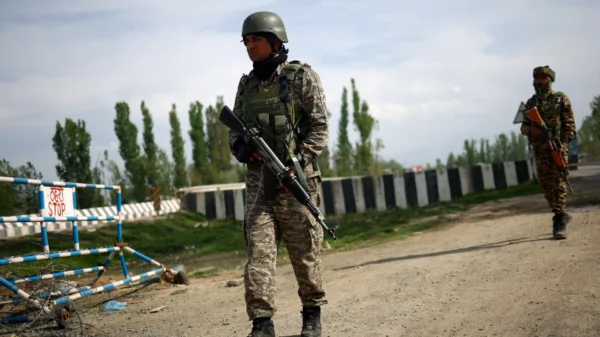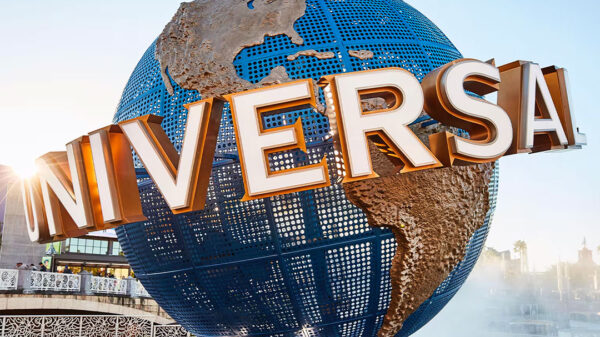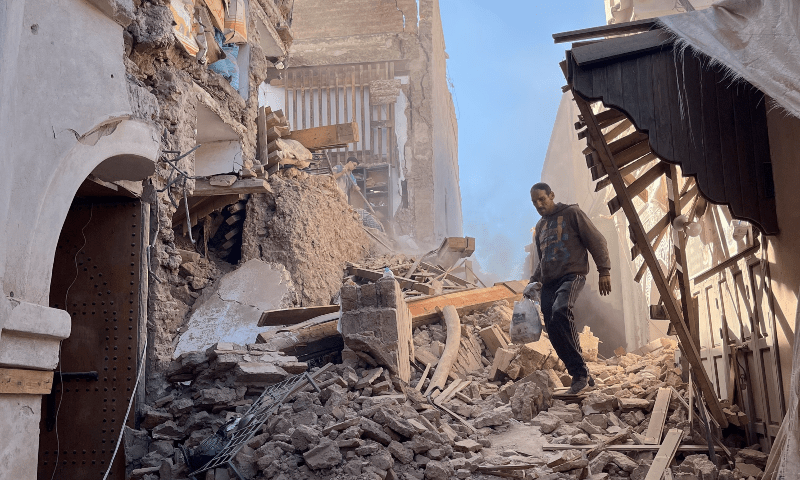Morocco is reeling from a catastrophic earthquake that struck late on Friday, leaving devastation in its wake. The disaster, described as the deadliest earthquake in the country in more than six decades, has claimed the lives of over 1,000 people and brought about widespread destruction in numerous villages and cities, including the historic old city of Marrakech.
The earthquake, with a magnitude of 7 according to Morocco‘s National Seismic Monitoring and Alert Network and 6.8 as reported by the US Geological Survey, had its epicenter situated 72 kilometers southwest of Marrakech.
In the wake of the disaster, Moroccan earthquake survivors took refuge in the open spaces of the High Atlas Mountains, seeking shelter after the terrifying tremors and destruction that struck their communities. Houses, constructed from mud brick, stone, and rough wood, were severely damaged, and mosque minarets were toppled by the powerful quake.
The Interior Ministry reported that 1,305 people had tragically lost their lives, with another 1,832 individuals sustaining injuries. In the village of Amizmiz, close to the earthquake’s epicenter, rescue workers tirelessly searched through the rubble, often using their bare hands to recover those trapped beneath. Fallen masonry obstructed narrow streets, while outside a hospital, grieving relatives stood by as the deceased were covered in blankets.
The personal accounts of survivors and their accounts of loss and tragedy are heart-wrenching. One resident, Mohamed Azaw, shared the heartbreaking story of a family in his neighborhood. He described how he rushed to get his children to safety when the earth shook, but his neighbors couldn’t escape in time. Sadly, no one from that family survived.
Rescuers worked diligently in Amizmiz, where buildings had collapsed, revealing bits of carpet and furniture protruding from the debris. A long line formed outside the only open shop as people sought essential supplies, highlighting the immediate needs of the affected population.
Communities, like Tansghart in the Ansi area, were among the hardest hit, with once-beautiful houses clinging to steep hillsides cracked open by the force of the quake. Two mosque minarets had fallen, and many residents were left injured, including Abdellatif Ait Bella, a laborer who lay on the ground with his head bandaged from falling debris.
The disaster extended beyond Morocco’s borders, with tremors felt as far away as Huelva and Jaen in southern Spain. The World Health Organization reported that more than 300,000 people were affected in Marrakech and surrounding areas.
In the heart of Marrakech’s old city, a UNESCO World Heritage site, a mosque minaret had fallen in Jemaa al-Fna Square. Collapsed houses in the densely packed old city prompted residents to use their hands to remove debris while they awaited heavy equipment for further rescue efforts.
Morocco declared three days of mourning, with the national flag flown at half-mast, and the Moroccan armed forces have mobilized rescue teams to provide clean drinking water, food supplies, tents, and blankets to the affected areas. The nation unites in grief, support, and recovery efforts during this challenging time.







